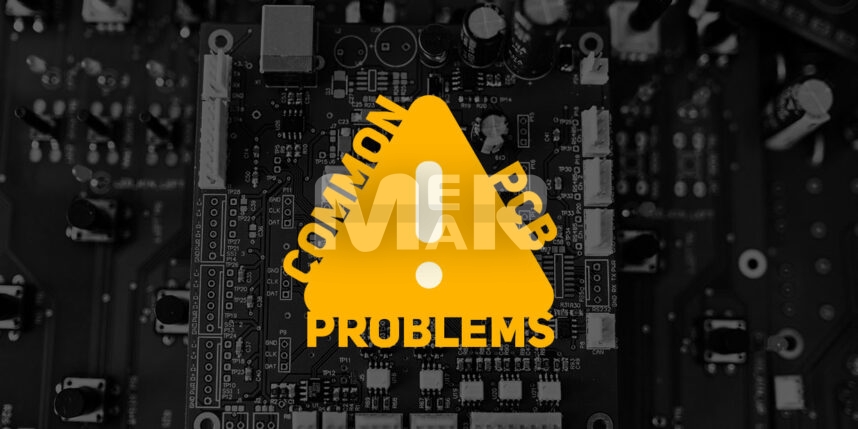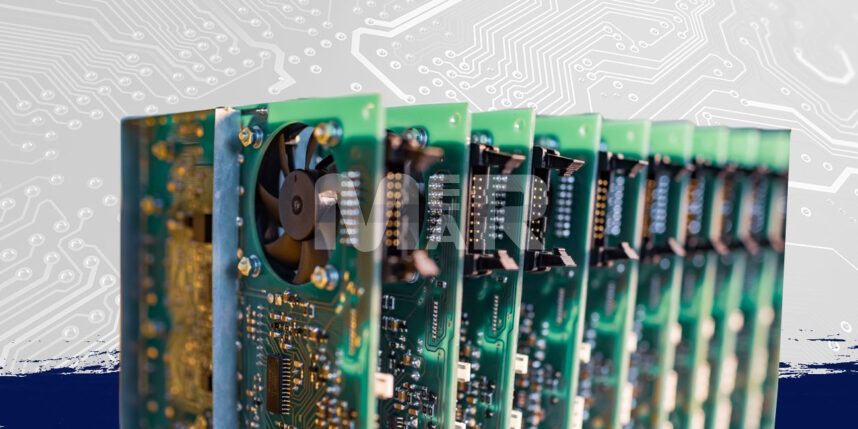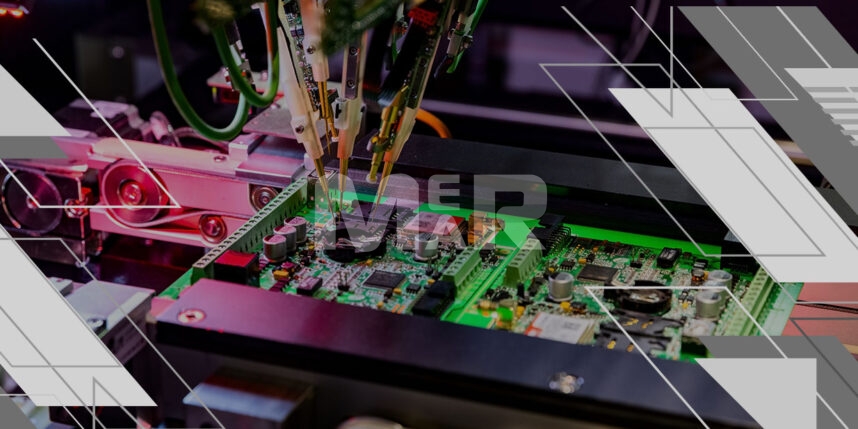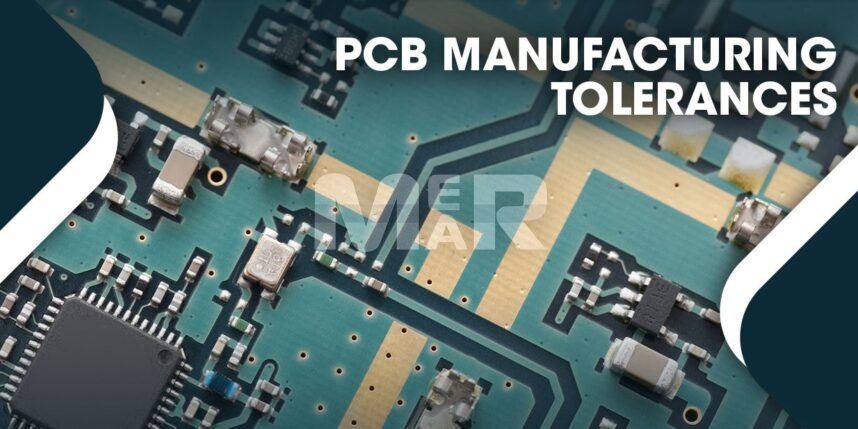Common PCB Problems Your PCB Manufacturer Should Be Avoiding!

With the PCB being a crucial component that ensures smooth working of an electronic device, maintaining the quality of PCBs is an important task. Any defects can lead to expensive errors & can cost the company and its reputation.
Here are some common PCB problem that manufacturers need to avoid. Needless to mention that experienced, professional manufacturers, have the necessary checks & balances to ensure that the production process is seamless.
Common PCB Problems
1. Acid Traps
As their name suggests, acid traps refer to small pockets of spaces where an etching solution that is used to remove excess copper, gets trapped. These acid traps result in corossion as well as faulty traces. One of the reasons that cause acid traps includes trace bending below 90 degrees.
Some of the validation checks that help control this issue include:
- Checking for sharp corners that could act as potential traps.
- Checking for absence of teardrops where a breakout of vias is possible.
2. BGA Spacing
During BGA assembly, BGA components are an essential addition to PCBs, they can cause a number of issues. For example, pads for the ball grid are under the die, or spacing around the BGA pads isn’t proper.
Some of the validation checks in this area include:
- Ensuring enough clearance space around BGA pads. The through-hole vias need to be positioned at the center of the four BGA pads.
3. Tombstone Effect
As its name suggests, tombstone results when the component is lifted from one end, giving it the appearance of a tombstone. This is largely caused when the wetting isn’t accurate.
Some of the validation checks that help control this issue include:
- Ensuring that the connected copper at the pads are within the allowed limits.
4. Test Point Existence
A test point is used to test the state of the circuitry. If adequate attention isn’t paid to test points, it leads to a situation where at the manufacturing or the PCB assembly stage, errors are hard to diagnose.
Some of the validation checks that help control this issue include:
- Ensuring that test points have been incorporated at the design stage.
5. Visual Features
It is important that the overlay layers contain relevant information such as:
- Reference Names
- Component outlines, and more
Oftentimes errors occur on account of factors such as reference names of passive components being placed on top of pads or sometimes even under a component.
Some of the validation checks that help control this issue include:
- Ensuring that the reference names are accurate, as is the order.
- Checking for the first pin mark for Complex ICs
- Ensuring that the reference names are placed correctly.
Other common areas to pay attention are:
- Maintaining Edge & Copper Layer Distance
- Protecting the PCB against physical damage
- Preventing component failure
- Being aware of missing solder between pads
- Ensuring proper DFM techniques are used
- Taking into account the environmental factors in which the PCB has to function
Areas Where Common PCB Manufacturing Defects Arise
Besides these common issues, it is important to broadly remember that manufacturing issues can arise in three broad areas:
1. Material
The manufacturer needs to be aware of the fact that certain materials work for certain circuits. The choice of the wrong material can severely impact signal integrity. Similarly, the operating environment has a lot to do with the choice of material.
YOU MAY ALSO LIKE: Material to Consider While Manufacturing Lead-free PCB
2. Components
In choosing the components several issues need to be kept in mind, including but not limited to the lead time of the components. Choice of components with long lead times can affect the time-to-market & hence competitiveness.
3. Design
Issues with design include aspects such as:
- Not including fiducials for fine pitch parts
- Not having enough clearance
- Components placed too close to each other, and more
The use of robust design for manufacturability practices can go a long way in ensuring that such design issues are avoided. The choice of the right CM is also crucial as they will be best placed to point out any such issues.
Besides the above, things that you should keep in mind to avoid error are –
- Keeping the PCB clean & ensuring there is no contamination
- Ensuring visual inspection & electric testing
- Undertaking a micro-sectioning analysis
It is important to remember that it is only a manufacturer with robust expertise who can take care of these nuances. Such manufacturers are equipped with industry best practices & can ensure that you do not have to reinvent the wheel.
Choosing Mer-Mar Electronics as a contract manufacturer is the first step towards ensuring seamless manufacturing of your PCB, no matter how complex it is. With 40 years of experience & expertise, we are a reliable manufacturer who provides PCB assembly and PCB fabrication service with a quick turnaround time. Fill out the form below to request a free quote now.
PCB Problems and FAQs
1. What causes a PCB to fail in a boiler?
Some of the causes include damaged or weak solder joints, cracks & fractures as well as a leaking boiler.
2. What temperature will damage a PCB?
High temperature PCBs can withstand temperatures upto 150 degrees Celsius, However, PCBs that are manufactured from materials with less heat resistance can operate only at much lower temperatures.
3. Can water damage PCB?
Yes, water damage is a significant cause for PCB failure. The boiler is full of electronic components. Hence water can cause a lot of damage. In most cases, PCB units are damaged by water leaks from the heat exchanger or the pump.








